Fluted Polypropylene (Celloplas / Correx) - An Introduction
In the realm of sign making, choosing the right material is crucial to creating impactful and durable signage. Fluted polypropylene board, often known by brand names such as Correx or Celloplas, has emerged as a popular choice for various sign-making applications. This lightweight and versatile material offers a range of benefits and drawbacks, as well as potential environmental considerations. In this blog post, we’ll explore the pros and cons of fluted polypropylene board for sign making, its environmental impact, and alternative materials to consider.
Pros of Fluted Polypropylene Board:
- Lightweight and Durable: Fluted polypropylene boards are exceptionally lightweight yet surprisingly durable. This makes them easy to handle during installation and transportation, without compromising on their ability to withstand outdoor elements.
- Water-Resistant: One of the significant advantages of fluted polypropylene is its resistance to moisture. This makes it an ideal choice for outdoor signage, as it can withstand rain and humidity without warping or deteriorating.
- Affordable: Fluted polypropylene is relatively cost-effective compared to other sign-making materials, making it an attractive option for businesses and individuals seeking budget-friendly solutions.
- Printability: The surface of fluted polypropylene board is receptive to various printing methods, including screen printing, digital printing, and even vinyl application. This versatility allows for high-quality graphics and vibrant designs.
- Customization: Fluted polypropylene can be easily cut and shaped to fit different design requirements, making it suitable for a wide range of sign types, from yard signs and real estate signs to temporary event banners.
Cons of Fluted Polypropylene Board:
- Limited Longevity: While durable, fluted polypropylene is not as long-lasting as some other materials, especially in harsh weather conditions. Over time, exposure to UV radiation can cause the colors to fade and the material to become brittle.
- Limited Rigidity: Despite its durability, fluted polypropylene is not as rigid as some other sign materials. It may not be suitable for applications that require a more solid and stable structure.
- Environmental Impact:
Fluted polypropylene is made from polypropylene, a type of plastic that is derived from fossil fuels and is not biodegradable. This raises concerns about its environmental impact, especially in terms of waste generation and plastic pollution. While it can be recycled, the recycling process for polypropylene can be complex and may not be available in all areas.
Associated Products:
Environmental Considerations and Alternatives:
Given the growing focus on sustainability and environmental consciousness, it’s essential to consider alternatives to fluted polypropylene for sign making:
- Recycled Materials: Some manufacturers offer fluted polypropylene boards made from recycled content, which can help reduce the demand for virgin plastic and decrease the material’s overall environmental footprint.
- Corrugated Cardboard: Corrugated cardboard is a more environmentally friendly alternative to fluted polypropylene. It is biodegradable, compostable, and can be recycled with ease. However, it might not be as durable as polypropylene, making it better suited for temporary signage.
- Aluminum Composite Panels: For longer-lasting and more rigid signs, aluminum composite panels are a great choice. They are weather-resistant, recyclable, and provide a professional appearance. However, they tend to be more expensive than polypropylene.
- Wood and Plywood: For a rustic or natural look, wood and plywood can be used for sign making. These materials are biodegradable and have a unique aesthetic appeal. However, they require proper sealing and maintenance to withstand outdoor conditions.
Conclusion
In conclusion, fluted polypropylene board (Correx / Celloplas) has gained popularity in the sign-making industry due to its lightweight, water-resistant, and cost-effective properties. While it offers several advantages, including printability and customization, its limited longevity and potential environmental impact should be considered. As sustainability becomes a more significant concern, exploring alternatives like recycled polypropylene, corrugated cardboard, aluminum composite panels, or wood can help strike a balance between functionality, aesthetics, and environmental responsibility in the realm of sign making.
If you have any questions about Fluted Polyprpylene (Correx / Celloplas) it is best to speak to a real human about this...
Call us on 0330 380 0172
Take care everyone and I hope this was useful!


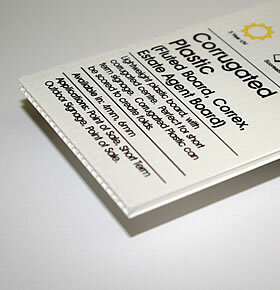
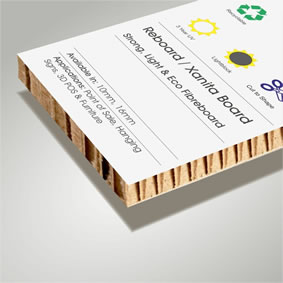

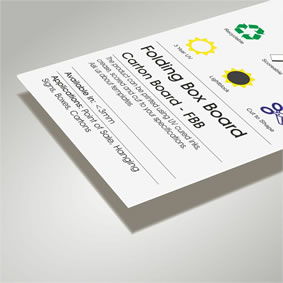
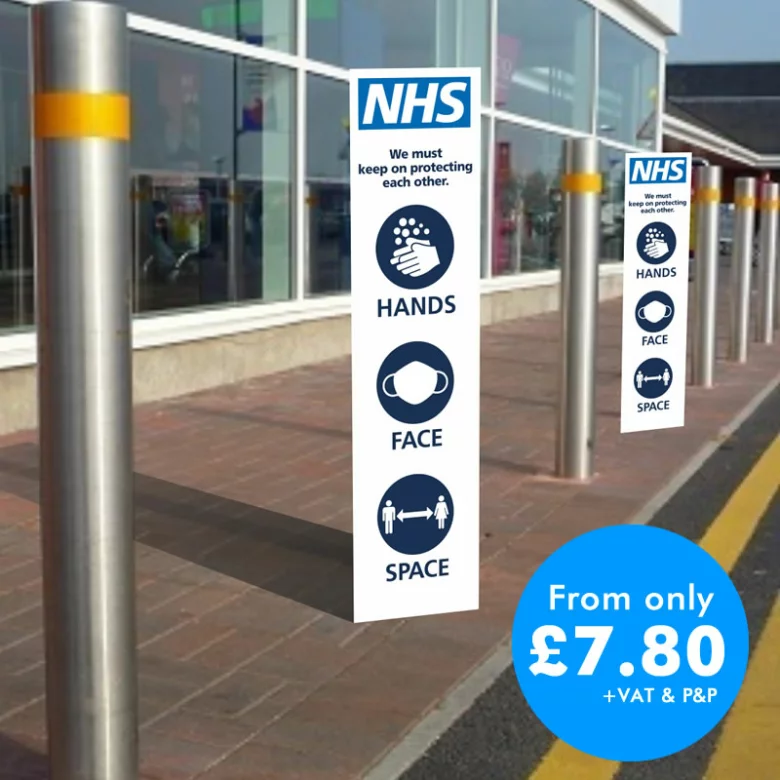

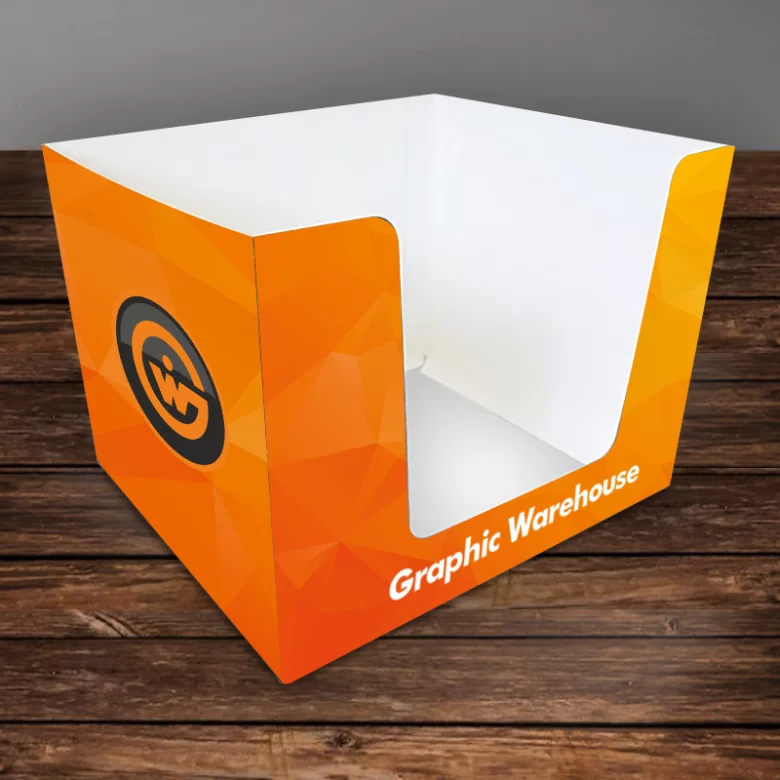


Please login to post a comment.